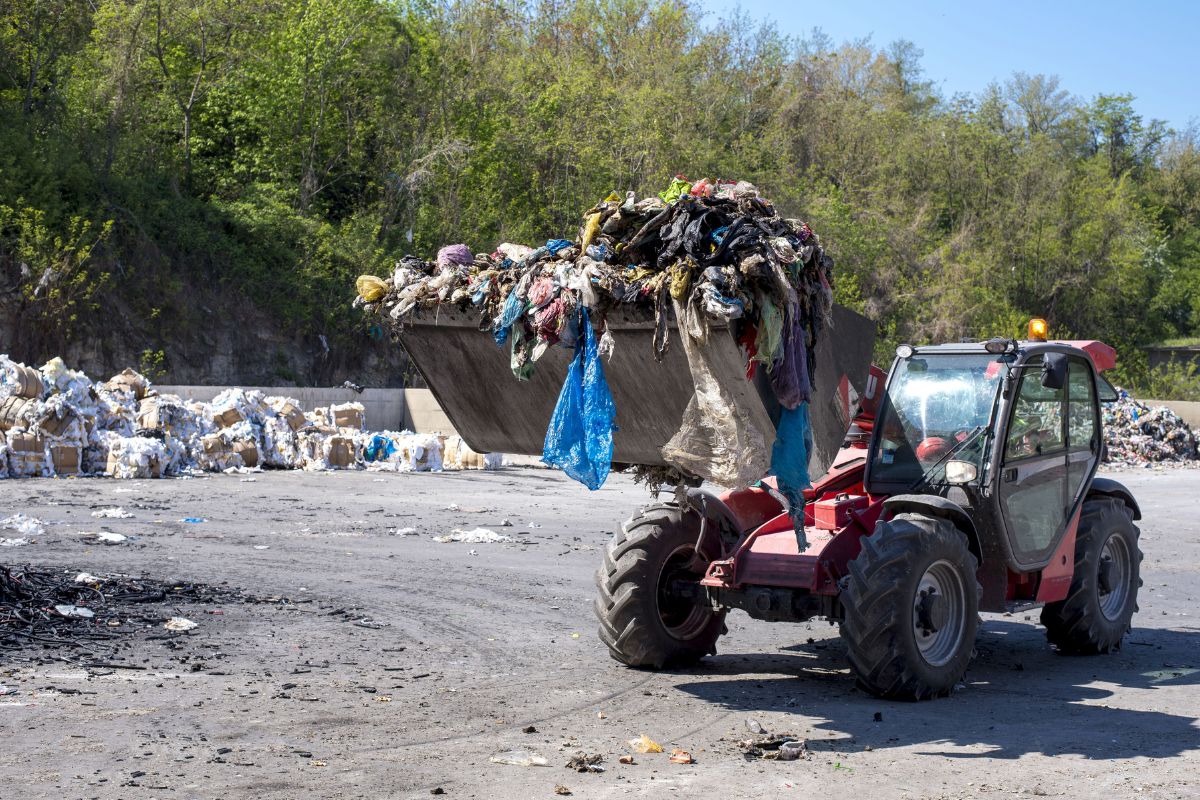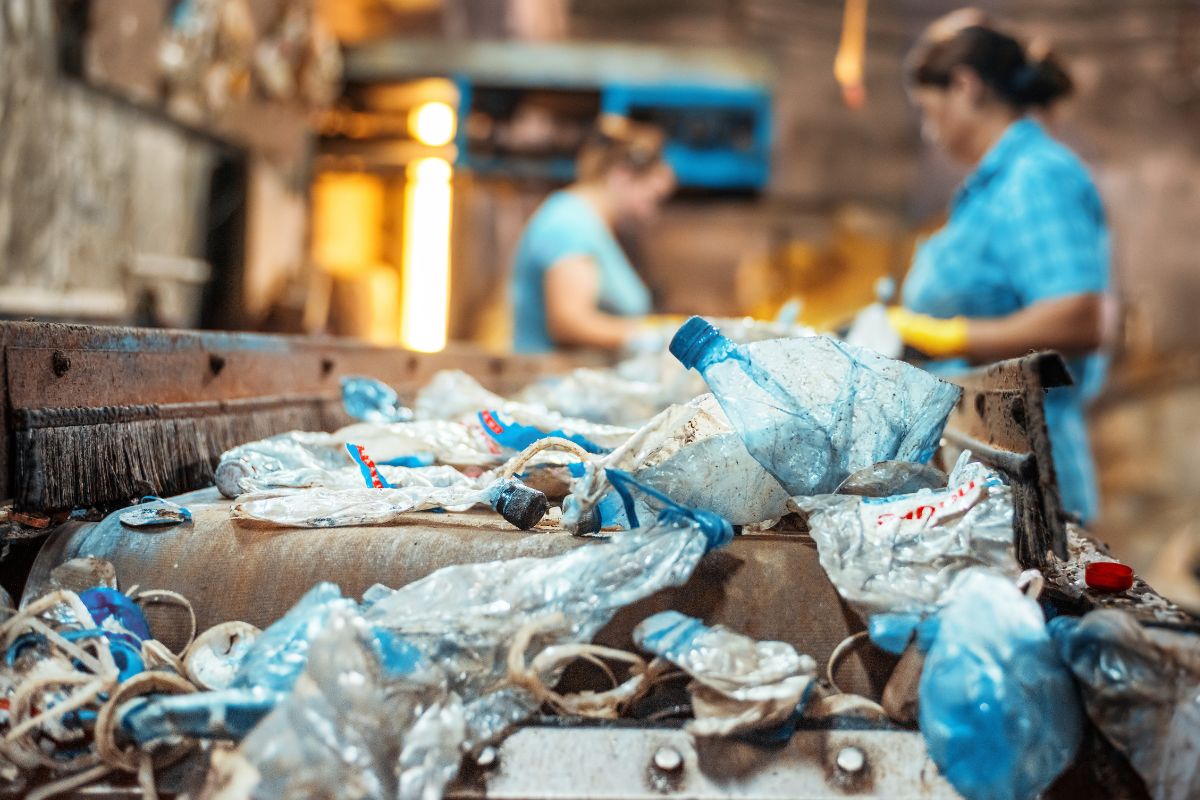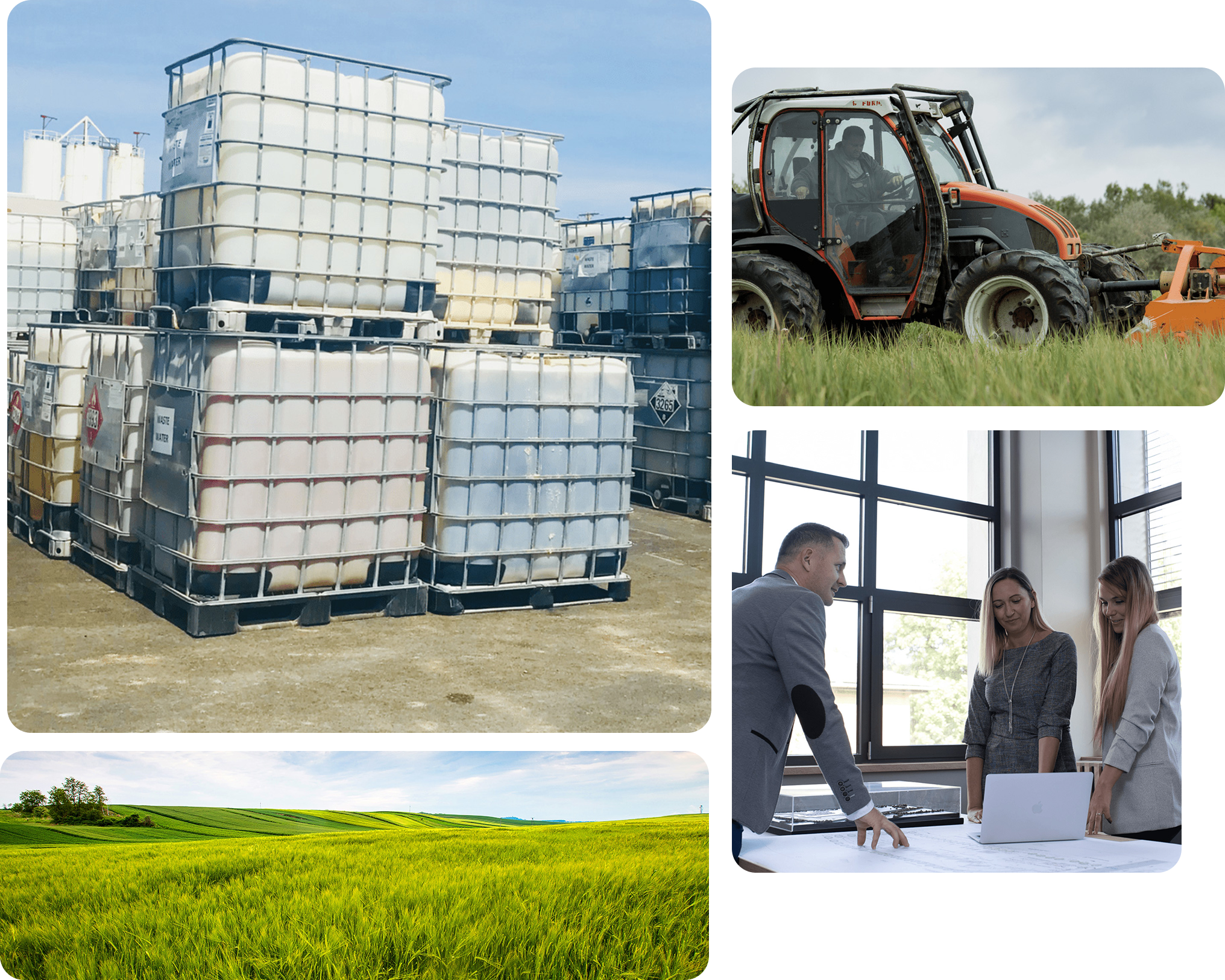Rehabilitation technologies play a key role in reducing the environmental impacts of landfills. From waste collection and soil improvement to vegetation planting, every step contributes to building a sustainable future.
Principles of rehabilitation technologies
According to standard practice, rehabilitation technologies are complex systems that aim to reduce the environmental impacts of landfills and ensure the reuse potential of sites. In plain terms, these are smart solutions that not only mitigate the harmful effects of dumpsites but also breathe new life into areas so that they can later be used for agricultural or other purposes.
The concept includes not only the restoration of landfills but also their aftercare. The goal is to restore an original or functional state, which requires multiple steps, including waste collection, treatment, storage, transport and recovery.
Landfill rehabilitation is not a single technology but a complex, multi-step process that includes pretreatment, mitigation of environmental risks, and post-management of sites. In Hungary, rehabilitation technologies play a crucial role in sustainability and compliance with environmental regulations.

Waste collection and treatment within rehabilitation processes
Waste collection and treatment are among the most important steps in rehabilitation. Properly executed collection and pretreatment technologies enable the professional handling of deposited waste, thereby reducing its environmental impact. What are the concerns? For example, there is soil contamination. Deposited wastes, especially hazardous substances, can penetrate upper soil layers, polluting vegetation.
Furthermore, materials placed in landfills, particularly liquid wastes, can leach due to rainwater, thus contaminating surface waters and groundwater. This can be particularly problematic near drinking water sources. Although waste may not first come to mind in this context, it can also significantly pollute the air. Especially the decomposition of organic waste can emit methane (a greenhouse gas) and other pollutants into the atmosphere, contributing to global warming.
Biodiversity around landfills may decline — animals and plants living there can be harmed because contaminated soil and water alter habitats. The balance of ecosystems can be disrupted — needless to say, this impact is not limited to the immediate vicinity of the landfill.
Toxic substances can be released in the long term, especially chemicals, heavy metals and other toxic agents, poisoning the environment and local organisms.
Rehabilitation technologies play a role in addressing these issues. Waste is first collected and temporarily stored, followed by pretreatment steps such as composting, mechanical pretreatment or biological processing.
The aim of pretreatment is to bring waste into a suitable form, reducing its harmful effects while making it usable. Waste recovery technologies play a major role because recycling deposited waste offers the opportunity to reduce the amount of waste and recover useful materials in an environmentally friendly way.
Soil improvement and water management in rehabilitation technologies
Soil improvement is one of the key elements of rehabilitation technologies since materials deposited at a landfill often damage soil quality. The goal is to improve soil structure and water retention capacity so that new vegetation can establish successfully. To this end, various soil amelioration technological steps are applied, such as adding organic matter, incorporating mineral nutrients, or ensuring soil aeration.
Water management also plays a fundamental role in rehabilitation technologies, as drainage and the treatment of contaminated waters are essential to preserving the environmental safety of landfill sites. Optimizing water flow and building appropriate drainage systems can help prevent the spread of contamination and ensure that the site remains sustainable in the long term. The following technological steps improve water management:
- Construction of drainage systems that direct contaminated waters appropriately.
- Treatment of contaminated waters to minimize harmful environmental impacts.
- Optimization of water flow, which helps prevent the damaging effects of uncontrolled watercourses on the site.
Vegetation planting and the biodiversity of rehabilitation technologies
Planting new vegetation is one of the final steps of rehabilitation technologies; it helps stabilize the soil and initiate biological processes that contribute to the site's regeneration. The selection of appropriate plants not only aids soil stabilization but also helps restore local biodiversity.
As the finishing touch of rehabilitation technologies, plantings not only serve an aesthetic function but also actively increase soil biological activity, reduce wind and water erosion, and improve the ecological condition of the area. Proper selection and planting of vegetation are crucial to making the former landfill site reusable for agricultural, industrial, or recreational purposes.




